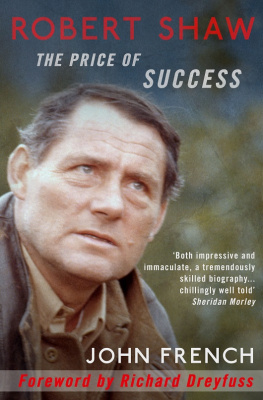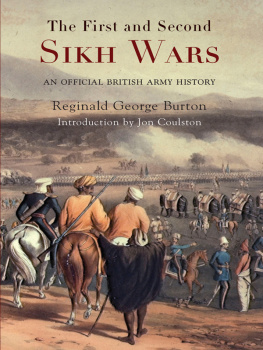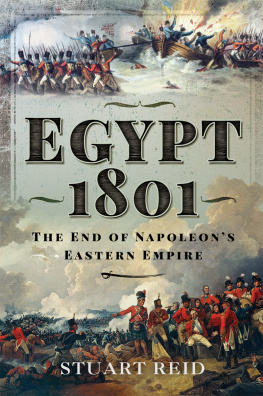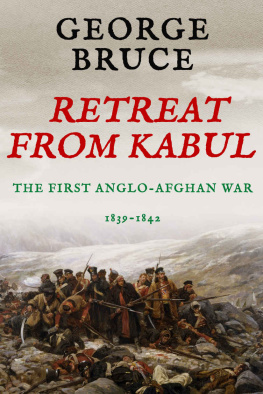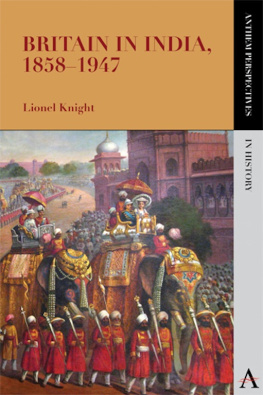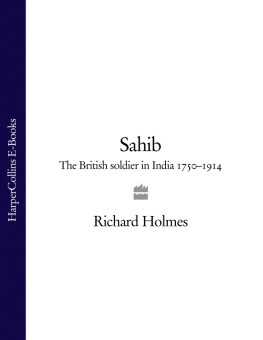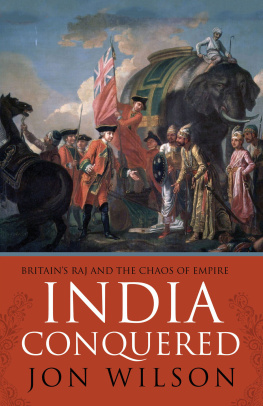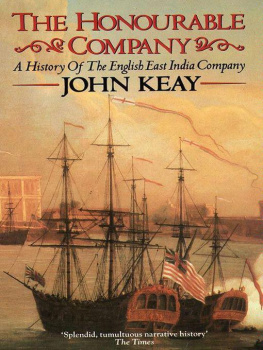

Series Editor: Ian Heath
First published in Great Britain in 2006
by Foundry Books
24-34 St. Marks Street
Nottingham
NG3 1DE
United Kingdom
Tel 0115 8413000
www.wargamesfoundry.com
Foundry Books is dedicated to furthering the study of all aspects of military history,
and is happy to consider suggestions for new books on
historical military subjects.
If you have an idea or project suitable for our list, please write to
Foundry Books Editorial Office
at the above address.
Text copyright 2006 by John French
Drawings copyright 2006 by Ian Heath
The right of John French to be identified as the author
of this work has been asserted in accordance
with sections 77 and 78 of the
Copyright Designs and Patents Act 1988.
ISBN 1-901543-36-6
ISBN 978-1-901543-36-0
Print ISBN: 9781901543117
Digital ISBN: 9781901543360
All rights reserved. No part of this publication may
be reproduced, stored in a retrieval system, or transmitted
in any form or by any means, electronic, mechanical,
photocopying, recording or otherwise, without prior
permission in writing from the publishers.
Typeset & Digital scanning by Kevin Dallimore
0181 658 2488
Digital conversion by Kevin Dallimore
Other titles from Foundry Books
Armies of the Nineteenth Century series:
Asia titles, by Ian Heath:
1: Central Asia and the Himalayan Kingdoms (1998)
2: China (1998)
3: Indias North-East Frontier (1999)
4: Burma and Indo-China (2003)
Africa titles:
1: East Africa (2003) by Chris Peers
2: Colonial Armies in Africa 1850-1918 (2006) by Peter Abbott
Armies of the Sixteenth Century series: by Ian Heath
1: The Armies of England, Scotland, Ireland, the United Provinces, & the Spanish Netherlands 1487-1609
2: The Armies of the Aztec & Inca Empires & Other Native Peoples of the Americas, & the Conquistadores 1450-1608
Early Twentieth-Century series:
1: Small Wars and Skirmishes 1902-18 (2004) by Edwin Herbert
CONTENTS
INTRODUCTION
Of all the military campaigns fought by the British during the 19th century, no area saw more conflict than the subcontinent of India. Dozens of encounters, both great and small, involved many of its races as either friends or foes of Britain. Indeed, it was not unusual for an area to furnish both ally and enemy at the same time.
This book is not intended to be a campaign history, as many have already been written on such subjects as the First Afghan War, the Sikh Wars, and the Indian Mutiny. That is not to say that the course of events is not followed, particularly in the case of less well-known conflicts where possible orders of battle and battle plans are even included but such coverage is by no means intended to be exhaustive. Instead, my primary intention is to describe and depict examples of the vast array of uniforms and campaign dress worn by the soldiers of the period, and to provide information on regimental Colours.
This volume covers British, Indian, and Anglo-Indian troops who fought for the Honourable East India Company and Britain in the period 1826 to 1859. They fought over the immense and varied landscape of what are present day Afghanistan, India, Pakistan, and Bangladesh. At the time, however, India, Pakistan, and Bangladesh were not unified countries, but consisted of several hundred states and kingdoms of assorted sizes. Some were under the jurisdiction of Britain (via the Honourable East India Company), whilst others were very much independent, with their own kings and maharajas. Some of these provided support for Britain in its various campaigns, either by allowing passage through their land or by providing allied troops.
I have retained 19th-century spellings for most place-names, but not all Cabool, for instance, is rendered in the more familiar form Kabul. In addition I have, at times, given some of the alternatives where more than one contemporary spelling existed.
The armies and troop types covered are those that fought on the British side. No disrespect is intended to the many tribes or armies that fought against the British, which will be covered in a companion series, Armies of the Nineteenth Century: Asia . The Indian Mutineers of 185759, however, are dealt with here, as they had previously been part of the Honourable East India Companys army, in some cases for many years.
In order to save space, details of the uniforms covered are often presented in abbreviated form. Whilst I have consulted as many sources as possible, there remain, inevitably, a few gaps where uniform information does not appear to exist, or is at best vague. If anyone is able to contribute further details, I would be pleased to hear from them via Foundry Books.
Finally, thank you to all those people who have helped in one form or another by furnishing ideas, information, or inspiration. They include Bryan Ansell, Mark Copplestone, Peter Rumbelow, Ray Boyles, Ian Heath, and various members of the Victorian Military Society, as well as museum staff across Britain too numerous to mention individually. Finally, thanks to Babar Shah for help with translating inscriptions on various flags.
John French
February 2006
1. BHURTPORE 182526
Bhurtpore is situated about 100 miles (160 km) almost due south of Delhi and 40 miles (65 km) west of Agra. Its more substantial buildings at the time were built out of local sandstone, which has a slightly pinkish tinge to it. There are several lakes in the area, and large flat plains stretch away to distant ridges of low hills. Both plains and hills have a covering of scrub, although the British commander, Lord Combermere, describes his men taking up positions in jungle.
Though now spelt Bharatpur, the contemporary spelling has been retained here since it appears in this form in most published accounts of the campaign, as well as in British regimental Battle Honours. Bhurtpoor is a variation used in some official dispatches and older books.
HISTORICAL BACKGROUND
Bhurtpore was the only state of any size ruled by the Jats. It owed its origin to a chieftain called Badan Singh, who founded the town in the first half of the 18th century. His adopted son extended the kingdoms authority into substantial parts of the surrounding district until a powerful kingdom had been established. A strong fort was built at Bhurtpore.
In 1805 the British, under Lord Lake, had failed to capture the fortress of Bhurtpore and suffered considerable losses in the process. As a result it acquired a reputation of impregnability amongst the local people, and it was believed, during the first quarter of the 19th century, that Bhurtpore marked the limit of British influence in India. Its successful defender was Raja Ranjit Singh (not to be confused with the later Ranjit Singh of Lahore, Lion of the Punjab).
A 20-year peaceful relationship ensued between Bhurtpore and Britain until Ranjit Singhs death, when internal family feuds surfaced. Ranjits successor was his eldest son Buldeo Singh, who was apprehensive about the designs of his younger brother, Doorjun Sal. Buldeo therefore appealed to the British to recognise his own son, Bulwant Singh, as his heir apparent. The British agreed to do this, but shortly afterwards Buldeo Singh died, amidst various rumours that poison may have been involved. Doorjun Sal took the opportunity to seize power and at the same time imprisoned his nephew, the young prince Bulwant Singh.
Sir David Ochterlony, the British Agent in Delhi, began to assemble a force in order to restore Bulwant Singh as the rightful heir. Before a force could be sent, however, the Governor-General intervened. Petty politics obviously came into play, for not only were no troops sent, but Ochterlony was replaced in office by Sir Charles Metcalfe.
Next page

